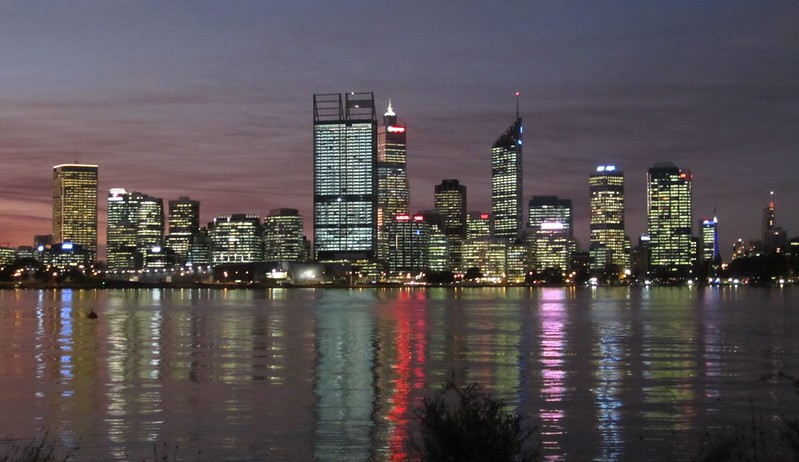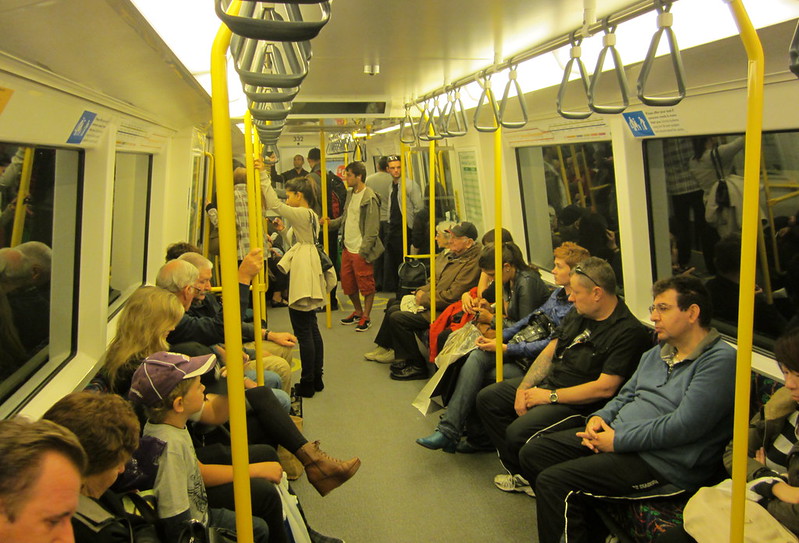Another in my series of old photos from ten years ago.
In July 2012 we were visiting my aunt in Perth – which was a lot of fun.
Here’s that quintessential Perth railway view – a train heading down the freeway past the stopped traffic. (But remember, freeways are not a great spot for passenger railways)
Perth has fewer rail lines than Australia’s bigger cities, but the trains were well used. Here we are on (I think) an inbound train on the Fremantle line at around 3:30pm.
At the time, some lines had differing stopping patterns, indicated on the train headboard by A, B or C. This is at Cannington Station, the junction of the Thornlie and Armadale lines.
Here’s the Karridale (WA) Luxury Express Coach Stop – presumably it’s the coach that’s luxurious, because the stop certainly isn’t. Unfortunately the Google imagery hasn’t been updated since 2015, so I can’t tell you if it’s improved.
Back in Melbourne, you could be forgiven for thinking we had an airport rail line.
The tram stops in Swanston Street were being rebuilt for accessibility, and rationalisation – in other words, some being deleted. Lonsdale Street was one stop that got the chop (despite goo connections to buses), but of course trams still regularly stop there, thanks to little in the way of traffic light priority.
At Bourke Street, the Three Businessmen Who Brought Their Own Lunch also had their tram stop taken away from them.
These ads were a reminder that you could easily get the weekend saver discount using Myki, which was still in the process of slowly replacing Metcard. Unlike on Metcard, the discount also applies on public holidays.









2 replies on “Old photos from July 2012”
The picture symbol next to the Airport Express looks very much like a train.
While a bit limited in coverage, I’ve found Perth and Adelaide trains to be marvellous. Both cities are improving their train services.
Isn’t it good to rationalise? No, with the removal of city stops it is not.
@Andrew, I agree – in the CBD, I can see the difficulty they have trying to build platform stops (particularly catering for trucks and other vehicles entering/leaving side streets and driveways), but the old system of a block per stop is not unreasonable due to the large number of passengers and the density of destinations.